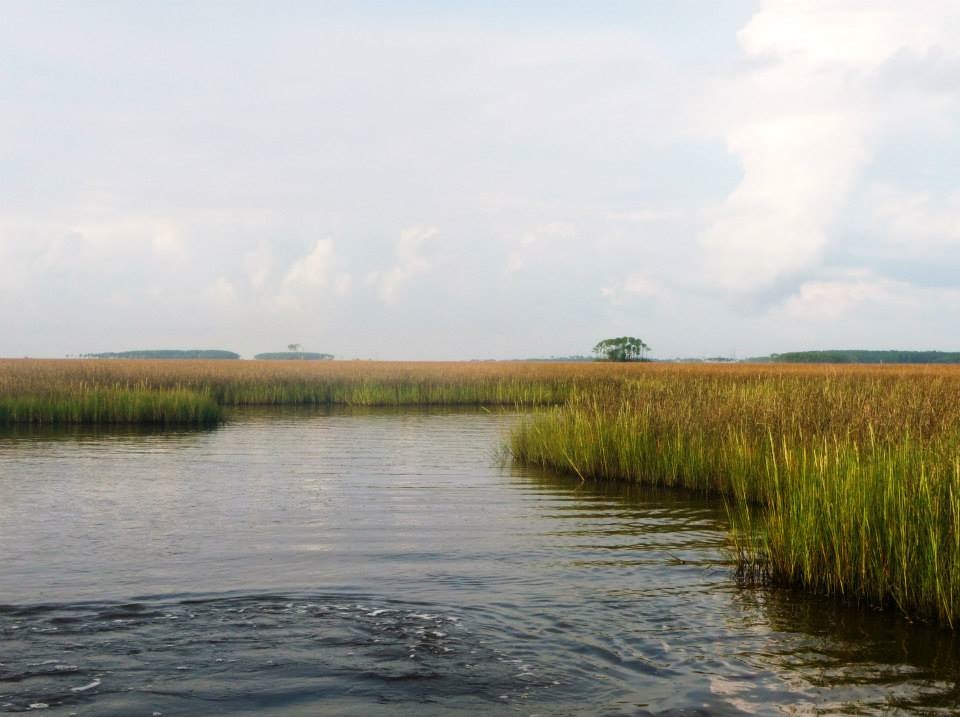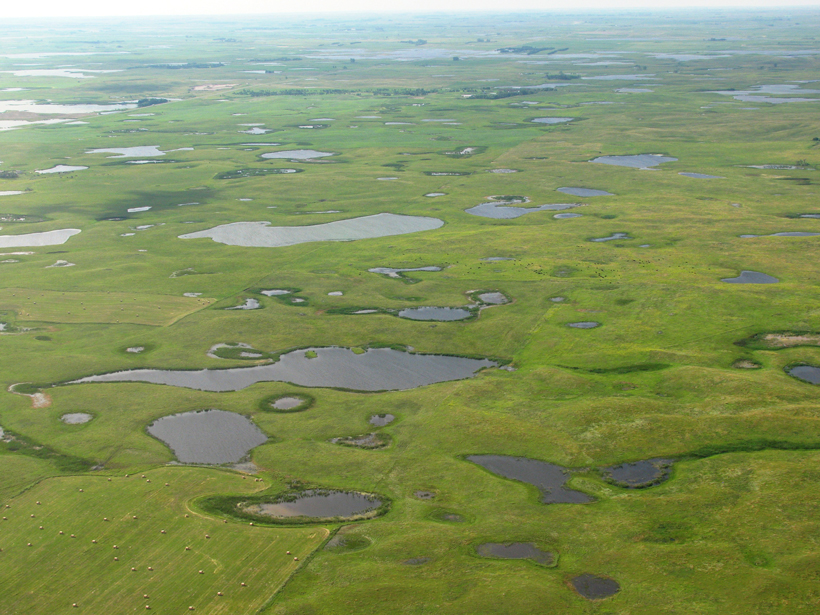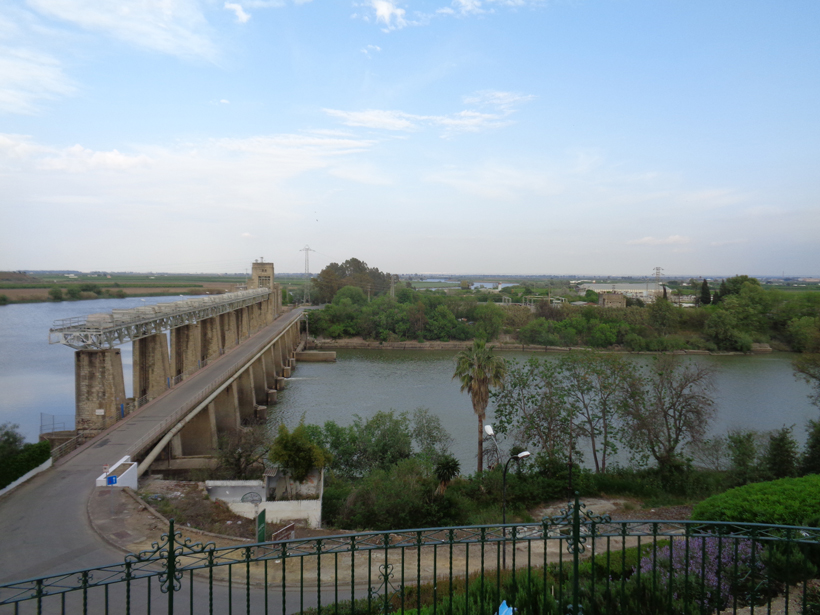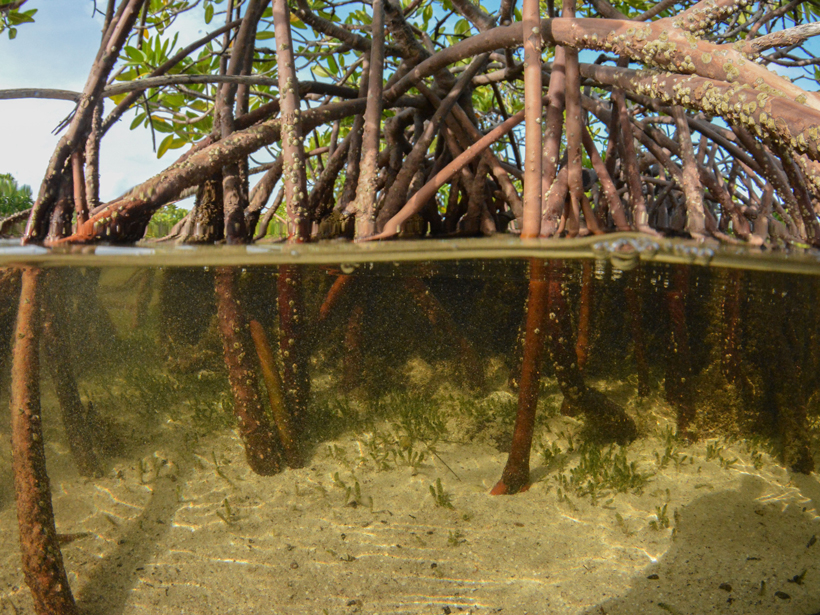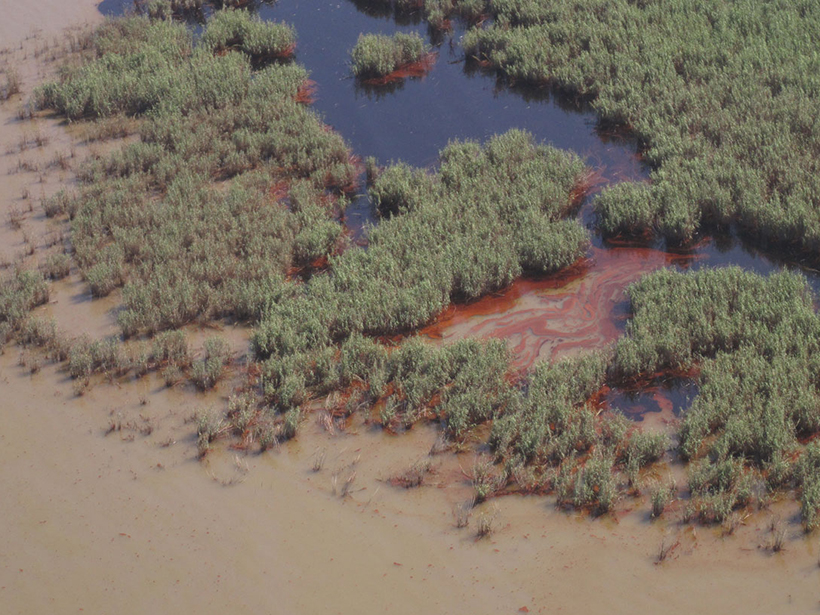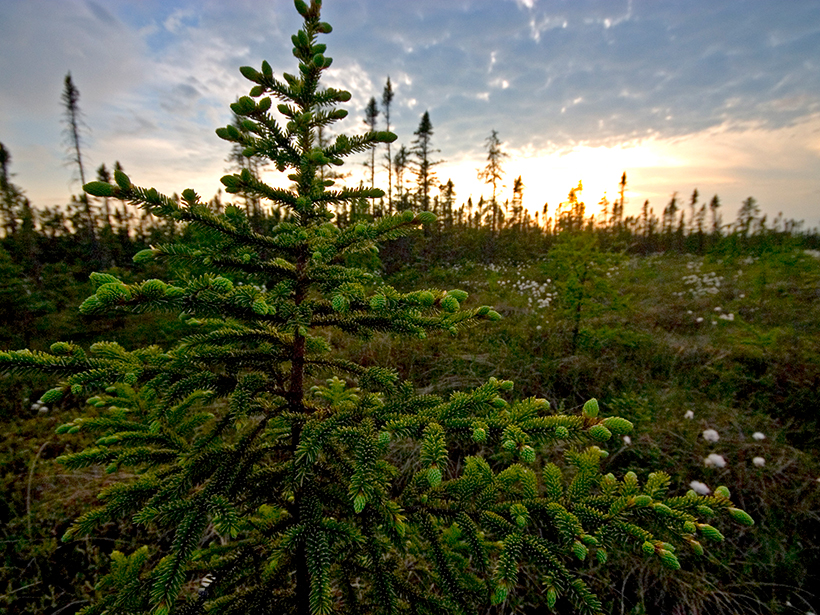A special issue of Earth’s Future examines the impacts of sea level rise on coastal areas and showcases a paradigm shift in the modeling of these dynamic systems.
wetlands
Coastal Wetlands Effectively Sequester “Blue Carbon”
Mangrove forests, salt marshes, seagrass beds, and the like are carbon storage treasure troves.
Small Wetlands Retain Lion’s Share of Nutrients
Still-water ecosystems are key to combating explosive algae growth.
What’s the Average Methane Isotope Signature in Arctic Wetlands?
Aircraft measurements confirm that methane emissions from northern European wetlands exhibit a uniform regional carbon isotopic signature, despite considerable ground-level heterogeneity.
Dam Discharge Events Alter Water Flow in an Estuary in Spain
Three-year observations suggest that increased sediment concentrations inhibit vertical transfer of momentum between water layers for more than 2 months after a high-discharge event.
Study Finds That Coastal Wetlands Excel at Storing Carbon
Shoreline environments show more promise than other marine ecosystems for mitigating climate change, the analysis shows.
Oil Residues Accelerate Coastal Wetland Losses
Coastal wetland loss after an oil spill can be more extensive than after a hurricane.
Using Isotope Fingerprints to Solve a Methane Mystery
Atmospheric methane levels are rising, and isotopic ratios within the greenhouse gas suggest that the tropics may be to blame.
A Wetter Climate Increases Methane Production in Peat
As northern Minnesota's climate got wetter, precipitation drove mobile forms of young carbon deeper into peatlands, doubling the size of methane-producing strata.
Upscaling Peatland Science Through Collaborative Big Data
PeatDataHub launch meeting; Leeds, United Kingdom, 23–24 May 2016

